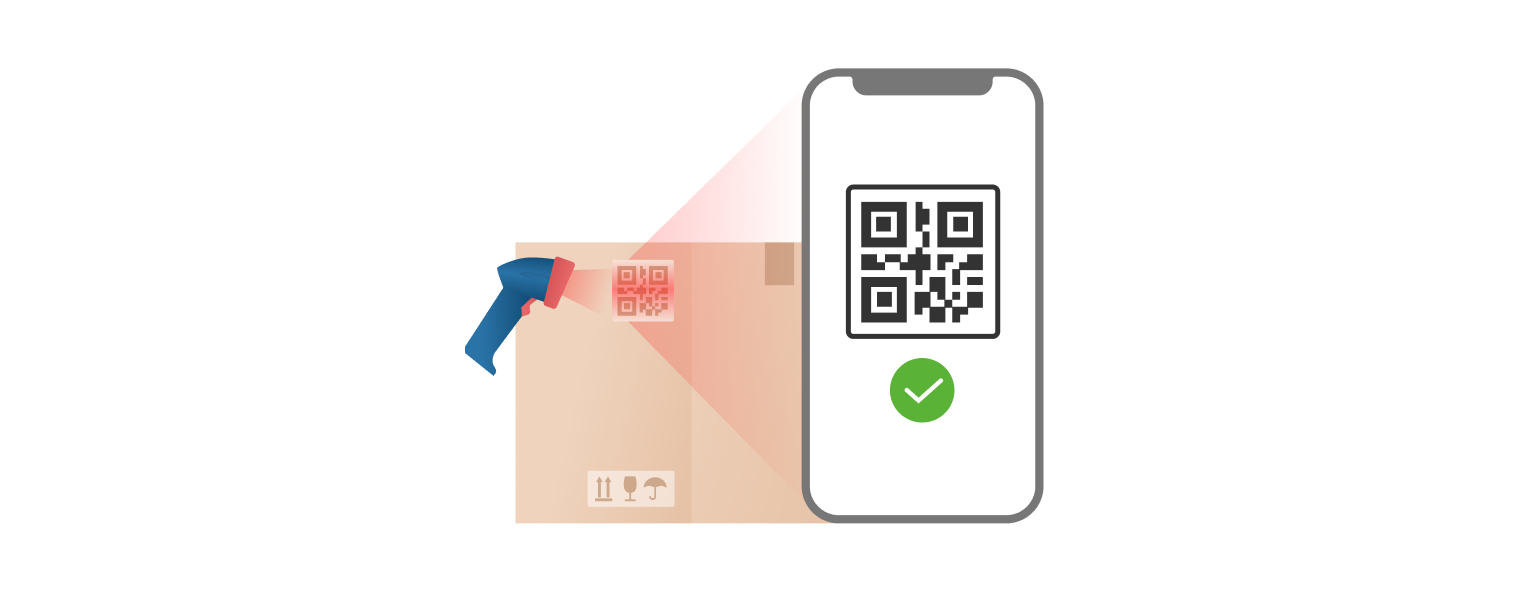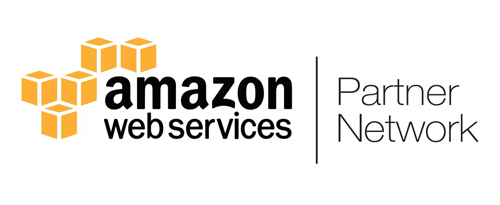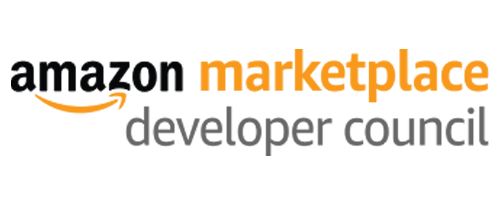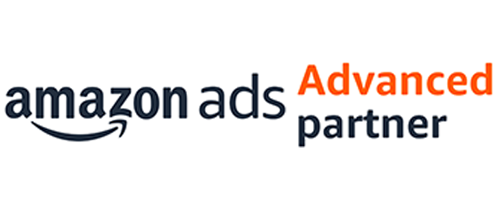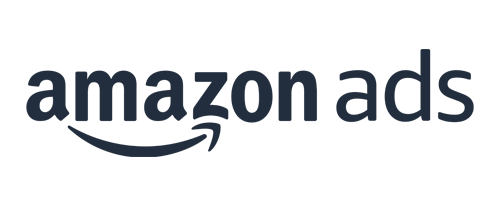Our latest blog dives into how the <strong>Transparency Program protects your listings</strong> — and how to stop counterfeiters from killing your sales.
What is the first thing that comes to your mind when you hear the word “counterfeiter”? I’ll bet that a worker putting together kitchen cabinets is not the first thing you think of.
All kidding aside, a significant jump in eCommerce popularity led to a surge of fake products on the big marketplaces. This is an especially pressing question if you sell your products on Amazon.
Why are there so many fake products on Amazon?
Like any marketplace, Amazon puts expansion and profit at the forefront, allowing everyone, from single third-party sellers to well-known brands, to sell their products on its site. The tricky thing is that Amazon Terms of Service (TOS) prevent online sellers from duplicating listings for the same ASIN (Amazon Standard Identification Number), which makes them sell under the existing Amazon listing.
Sadly, along with the upstanding online merchants who legally resell products, a few third-party sellers hijack branded goods to sell non-authentic, cheap lookalikes under the same listings.
While you strain every nerve to build a reputable brand, improve your seller rating, and hit the top spot in the Amazon search results, counterfeiters are equally persistent in cashing in on your trademark.
With a slew of ever-emerging black-hat selling schemes, Amazon brand owners should take meaningful steps to eradicate counterfeit products before they can seriously hurt their brand’s credibility.
Although there is no cookie-cutter method to drive knockoffs from the marketplace, Amazon offers a range of anti-counterfeiting solutions under the Amazon Brand Registry umbrella to ensure that only authentic units are shipped to the customers. This is where the Amazon Transparency program plays the leading part.
In this article, we cover what the Amazon Transparency Program is, drilling into its eligibility requirements, highlighting the benefits, and touching upon its new Customer Engagement feature recently launched for the Amazon Transparency app.
Let me fill you in, one step at a time.
What is the Amazon Transparency Program?
Amazon describes its Transparency program as a product serialization service that is used to verify the authenticity of products before they are shipped to customers.
In a few words, this program is designed to reduce the number of potential counterfeits and thus decrease the likelihood of a buyer receiving a knockoff of the original product.
Since it was introduced in 2017, Amazon’s Transparency program has seen significant growth in publicity and an enrollment drive. As of now, the Amazon Transparency program is available for brand owners in the United States, Germany, France, Canada, the United Kingdom, Australia, India, Spain, and Italy.
How Does Amazon Transparency Work?
The Transparency Program uses a special product labeling system, providing the registered brand owners with a series of unique transparency codes.
Side note: The Transparency code does not replace the Universal Product Code (UPC). Unlike Global Trade Items (GTINs), which are specific to a particular type of product on the market, the Transparency code is unique to each individual item.
For example, if you’re selling ten units of your transparency-enabled product, you will have ten unique Transparency Codes but only one UPC.
When Transparency is implemented, unique barcodes are attached to the product’s packaging, and then scanned by Amazon at the stage of shipping for their authenticity. Thus, Amazon will check Transparency-enabled products, mark those that don’t have the transparency code as potential counterfeit items, and stop the delivery for investigation.
How Does the Transparency Program Work for FBA and FBM?
When you ship your products via Amazon FBA, the transparency codes are applied to your packages within Amazon’s fulfillment centers and then sent to your customers.
If an FBA seller is shipping products with an enrolled ASIN lacking the proper transparency code, Amazon will suspect a counterfeit and thwart the shipment. As a result, the counterfeiter’s account can be suspended for trademark infringement.
If you are an FBM seller, Amazon generates transparency codes for you to then print and apply to each product you ship into Amazon FCs. When an order arrives, an online seller should enter the Transparency barcode digits into Seller Central. What happens is that online sellers cannot ship their orders without a valid Transparency code, which is how the brand owner is protected.
At the same time, Amazon rolled out a mobile app to support online sellers and customers in their struggle against knockoffs. The Amazon Transparency app allows customers to report a potential counterfeit to the Transparency team, if the purchased item proved to be non-legitimate.
What Is the Amazon Transparency App?
On their side, customers can scan the transparency codes upon uploading the app to their smartphones (iOS or Android).
A green check mark shows that the transparency code is valid and indicates that a purchased product is authentic.
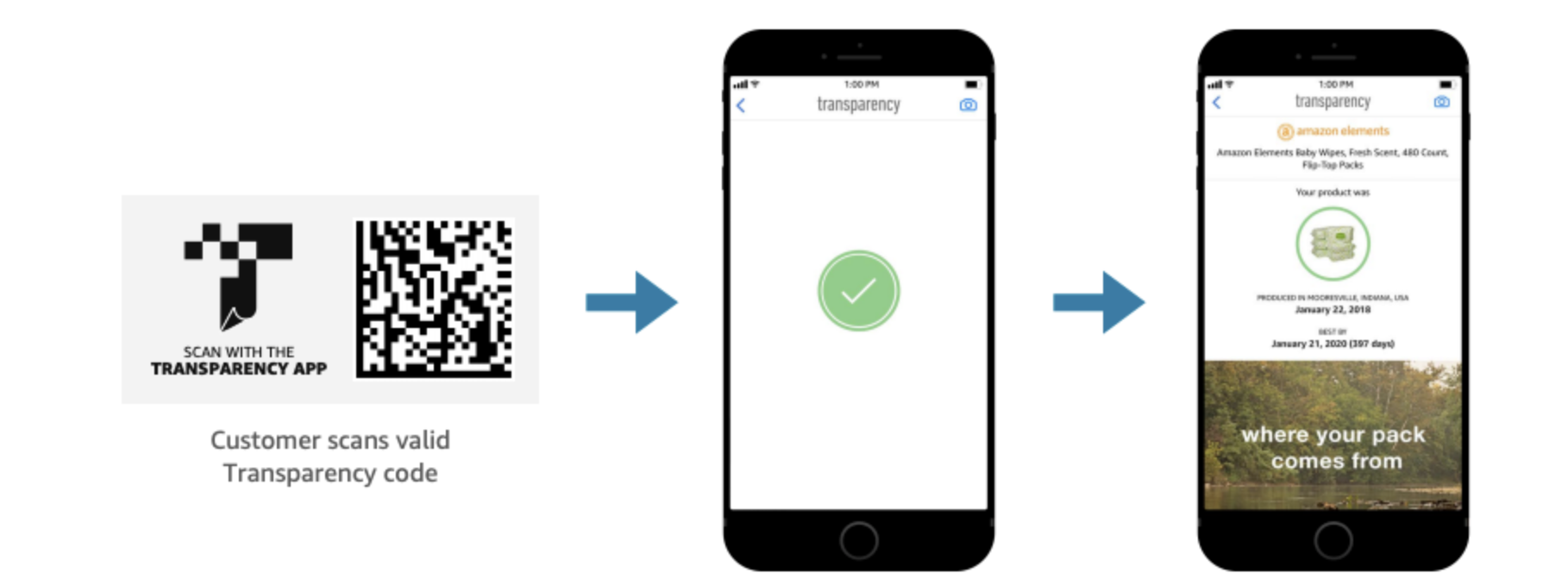
If the barcode isn’t valid, and a red cross mark is shown, the delivered product is likely a counterfeit.
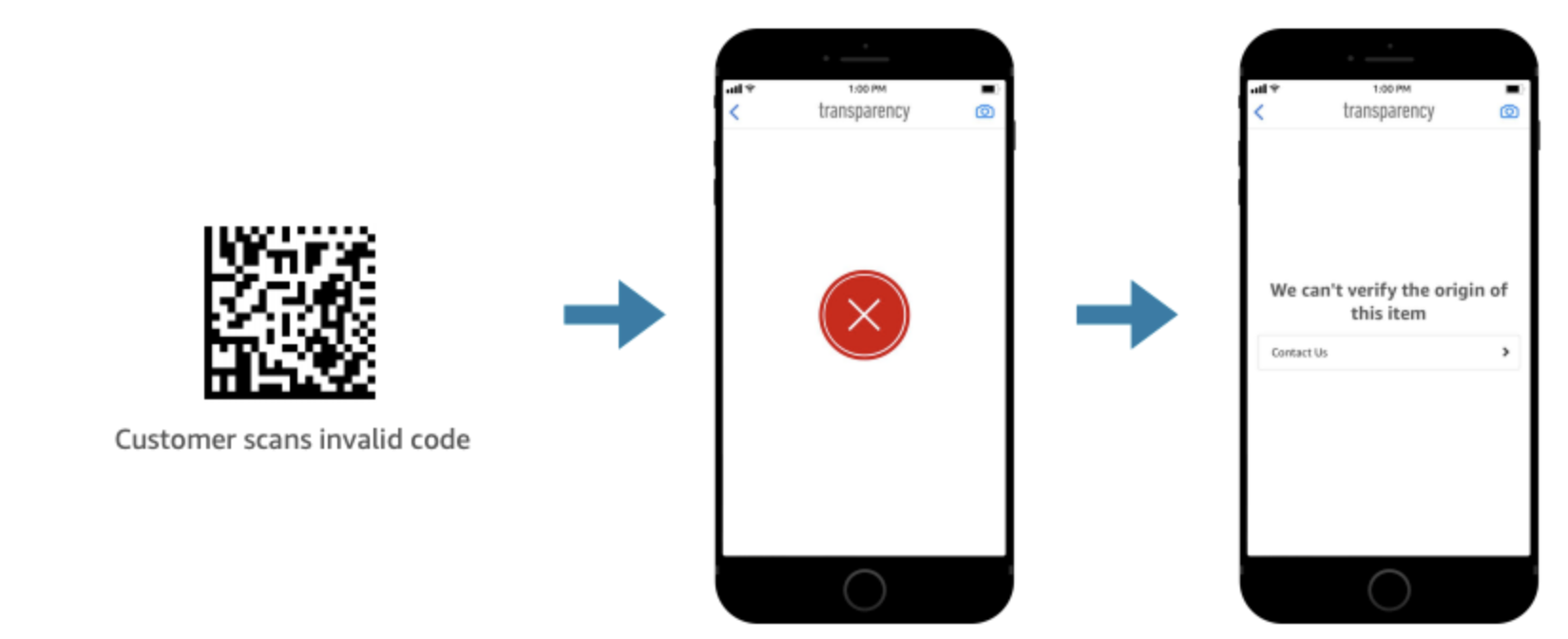
Additionally, online brand owners can share more unit-level product details through the app, like the item’s manufacturing date, location, and enhanced product information such as ingredients.
ICYMI: As of spring 2021, Amazon upgraded its Transparency app and launched a new Transparency Customer Engagement feature allowing brands to boost their customer experience, build their community, and capture more positive feedback.
Once enrolled in the Transparency program, an Amazon brand owner can now:
- Share the brand’s story and instructional videos
- Encourage repeat purchases by offering marketing promotions
- Enable the customers to share brand’s content and promotions on their social media channels
- Offer customers to submit reviews for the purchased products
Benefits of Joining the Amazon Transparency Program
The Amazon Transparency program comes with plenty of perks. The largest benefit is that Amazon’s fulfillment process will automatically catch and eliminate fakes before they are shipped to consumers. Hence, the Transparency service grants you the opportunity to
- keep counterfeiters at bay
- recover lost sales
- prevent bad reviews
- recover brand reputation
- focus on your business growth, not on the counterfeits
Jessica Wright, a Senior Brand Strategist on the Seller Labs Managed Services team, is sure that utilizing the Amazon Transparency program is worth the cost. On top of it, you can use it in tandem with another Amazon anti-counterfeiting program – Amazon Project Zero.
Enrolling in the Amazon Transparency Program
Here are the main things to consider while applying for the Amazon Transparency program:
1. Are you a legitimate Amazon brand owner?
Amazon sellers should first enroll in the Amazon Brand Registry to sign up for the Transparency program.
Side note: The Transparency Program does allow enrollment based on a pending trademark application. In this case, you can use an Amazon IP Accelerator program, enabling online sellers to file a trademark application through Amazon-accredited firms and get enrolled in the Amazon Brand Registry much quicker.
2. Do you have a valid Global Trade Item Number (GTIN)?
A legitimate UPC or EAN barcode is a standard requirement to be eligible for the Transparency Program. If you have one, Amazon will be able to confirm it on the GS1 registry.
A quick note: A UPC (Universal Product Code) is a 12-digit barcode used to identify products in North America.
An EAN (European Article Number) is a 13-digit barcode to identify products in Europe and across the globe.
Both types of barcodes are part of GS1’s international standards, and both are accepted globally.
3. Are you able to apply Transparency codes on each product item you produce?
Luckily for online brand owners, there are several options to deal with affixing unique barcodes to their packages:
- Turning to a Transparency Service Provider (TSP)
- Printing labels on their own and sticking them onto the packages
- Utilizing the design-in packaging method
4. Amazon Transparency is not a free service.
Typically Amazon doesn’t disclose its pricing policy. However, we know that brand owners will roughly pay from $0.01 to $0.05 per transparency code, as per the number of transparency-enabled products, to say nothing of the cost of labels and printing. Therefore, make sure that utilizing Transparency is within your budget.
5. When is the right time to enroll in the Transparency Program?
Although it’s up to you to decide on joining the Transparency program, we are here to bring in an authoritative opinion.
Jessica Wright, Senior Brand Strategist on the Seller Labs team, is sure the right time to join Amazon Transparency is now!

We don’t know when Amazon might increase prices or when they may limit enrollment. Therefore, the right time is now! You can enroll as many items as you like, but general advice is to start with your most expensive or hijacked listings to avoid losses incurred due to counterfeits. In the meantime, you may expand the transparency program for your other products depending on your eCommerce goals and budget. However, since there are associated costs, enrolling all of your ASINs usually doesn’t make sense.
Once you’ve sorted out all the requirements and made sure that the Amazon Transparency Program hits your online business goals just right, you can click on the ‘Get started’ button on the Amazon Transparency website and sign up.
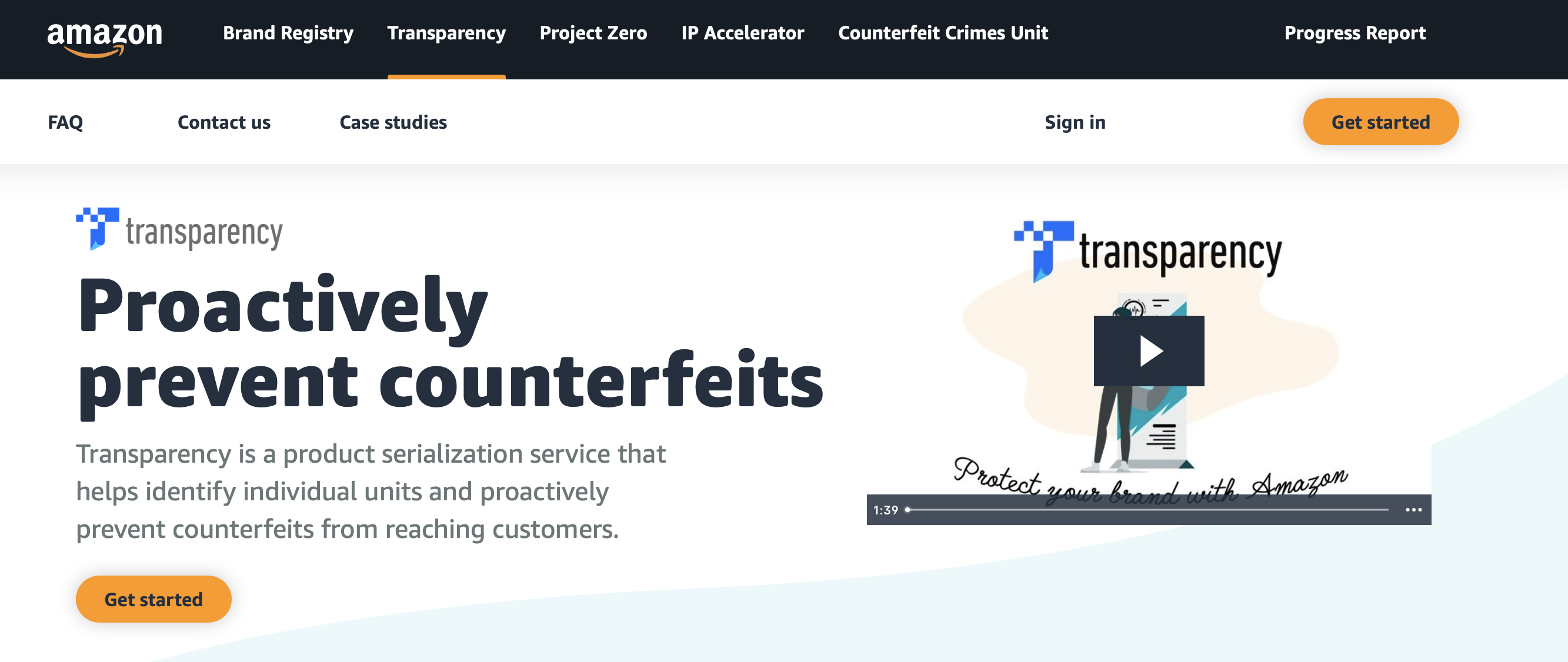
FAQs
Yes. Amazon claims that products enrolled in Transparency can’t be listed on Amazon stores or shipped without providing unique and correct codes matching a related UPC/ASIN.
No. Transparency codes are valid worldwide and can be scanned globally in any of Amazon fulfillment centers where Transparency has launched.
Amazon brand owners can enroll some or all of their products in the Transparency program. Make sure you are able to apply unique Transparency codes on every unit manufactured for that product.
Final Thoughts on Protecting Your Brand
The Amazon Transparency program proves to be a feasible solution supporting genuine brands and easing your counterfeiting headaches. However, there are some other ways to solidify and protect your brand by:
- watching your competitors
- enforcing your Amazon product listings with profitable keywords
- building an eye-catching storefront
- creating a powerful brand story to share with your customers
- automating buyer-seller messaging and managing reviews
Thus, a holistic approach to your brand-building process can significantly hinder the risks of your products being hijacked. And this is where Seller Labs Managed Services experts can give you a helping hand. As per your online business goals, we are ready to assist you in your struggle against counterfeiters.

